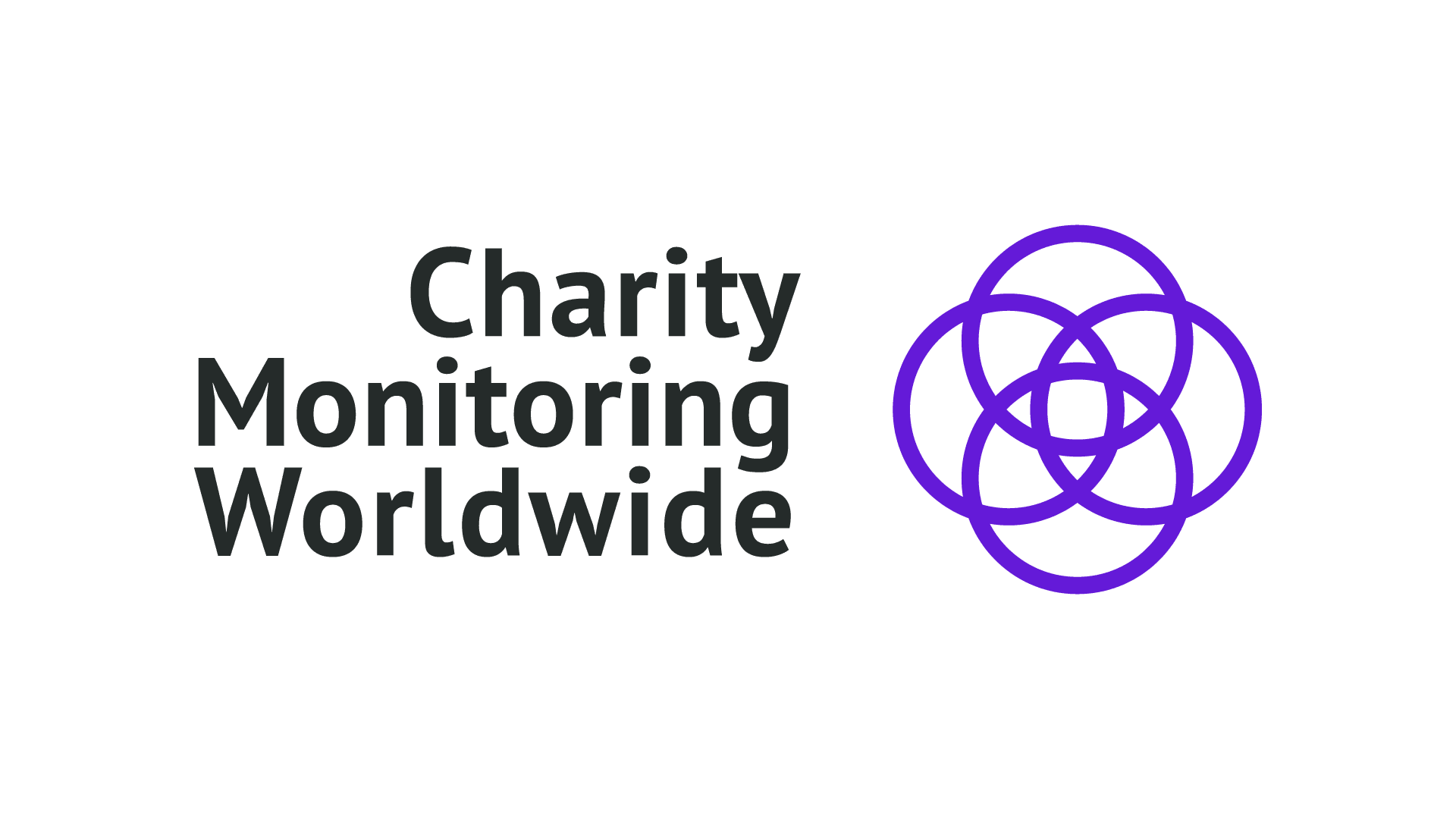The Power of Photos in Charity Appeals: Impact and Ethical Guidelines
The adage “a picture is worth a thousand words” reminds us of the immense value a photograph can have in telling a story. So, it is not surprising that charities often turn to pictures as a means of motivating many to give. Whether it is a suffering child, an abused animal, a refugee camp, or an area devastated by a natural disaster, these images can grab our attention, touch our emotions, and silently ask us to respond. Even if the potential donor is not reading all the copy contained in the printed or online appeal, the carefully selected picture can mean all the difference between turning the page or making a gift to help address the need that is expressed so well.
Photos can sometimes raise an issue with the BBB Standards for Charity Accountability, specifically, Standard 15, which calls for solicitations and informational materials, distributed by any means, to be accurate, truthful, and not misleading, both in whole and in part. For example, if an appeal includes an outdated picture, it could raise a concern with this standard. Readers will likely assume that a photograph of a child in a solicitation is current unless told otherwise. It is possible that such use may not represent an intent for the charity to deceive, the charity may just be using a popular story that has generated successful fundraising responses in past years. That’s fine but if the story and photo are older than three years, we hope the charity will also accurately represent its age so that donors will not mistakenly believe this is a recent event.
Recent hurricane disasters also bring to mind about using photographs of past similar events. Again, unless told otherwise, potential donors will assume the pictures being displayed in appeals reflect the current natural disaster and not a past one. Charities engaged in disaster solicitations should watch out for such mistakes if they are not depicting the specific earthquake, flood, or tornado described in their requests for support. Of course, context is also important, and BBB WGA would review the entire appeal and the charity’s explanations before reaching a conclusion.
It also would be wise for a charity to get permission from the parents or guardians of a child before they begin using these photos in appeals, billboards, or other distributions. This can help avoid controversies if the use of the picture is questioned at a later date as some families may not want to participate in this manner.
The emergence of advanced technology, such as AI, introduces another element of consideration on this issue. At relatively low cost, AI can create images that didn’t exist. This raises new issues for charities and donors, but to some extent, the potential concerns overlap with previous issues as explained above. Overall, the more transparent charity appeals are about the source of such photos, the less likely they will be challenged.
_______________________________
BBB Wise Giving Alliance – See original publication – October 2024








